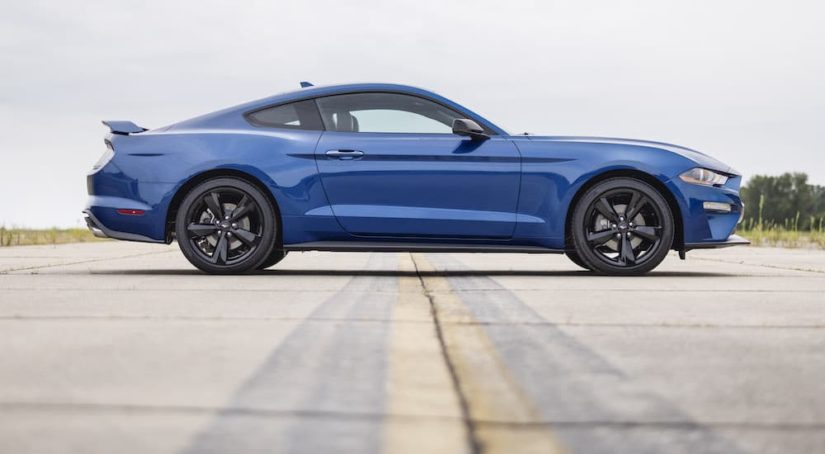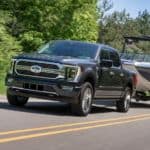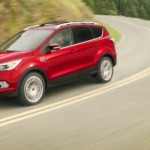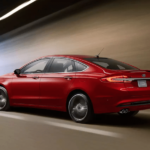Unsure where to start looking for your next vehicle? The automotive market today is fierce, and it can seem intimidating for drivers who are not already loyal to a specific brand or model, which would make the process much simpler. But what if you don’t prefer a specific model or brand—and need a dependable vehicle to traverse severe weather? What if you need a vehicle that you can trust to keep your family safe on the road? Why not explore a reliable, affordable, and historically dependable brand at your local Ford dealer?
From the land of the Rockies to the Big Apple, Ford is a reputable brand chosen by many drivers. It has remained at the top of the charts for over a hundred years and has continuously been one of America’s best-priced brands. When up against other popular brands like Chevy, Toyota, Honda, and Nissan, it’s hard not to question how and why Ford continues its heritage of success. To get you started on your journey of finding your next vehicle, let’s take a look at where Ford’s roots for success began, the brand’s values, its willingness to adapt to drivers’ demands, and its advancements in the industry.
Heritage for Success
A childhood with a deep interest in machining, repairing, and engineering led Henry Ford into the steam engine business. His first attempt at building a vehicle in 1896 resulted in the Quadricycle, which was powered by a version of his first one-cylinder gasoline engine he designed at his kitchen table and rode on four bicycle wheels. In 1901, Ford’s newest vehicle, known as the Sweepstakes, led him to an unexpected victory against the era’s top racecar driver and his 70-horsepower Bullet—with a mere 26-horsepower!
The glory of this victory steered Ford into starting the Henry Ford Company. A few short years later, Ford teamed up with 12 others in 1903 and the Ford Motor Company was created. By that October, just months after the Ford Motor Company sold its first Ford Model A, it had already turned a profit.
However, Ford’s Model T (introduced in 1908) is undeniably the model that earned the Ford Motor Company its reputation for dependable, purposeful, and attainable vehicles. At a time when most roads were still unpaved—and most vehicles were built as novelties for the wealthy rather than for affordable transportation—the Model T changed automotive history with its simple, durable design, which was attainable to all from the beginning. But once Ford introduced the moving assembly line to the industry, accelerating the production of automobiles, the price of the Model T dropped even lower.
In 1932, the Ford Motor Company constructed the first V8 engine to be commercially successful, the flathead. This innovation of Ford’s came at just the right time: when drivers were looking for more powerful vehicles. And, for over 22 years, the affordable and powerful engine that gave drivers versatile performance continued to be produced. Even after being replaced with an upgraded V8, it remained popular with hot rodders—even today.
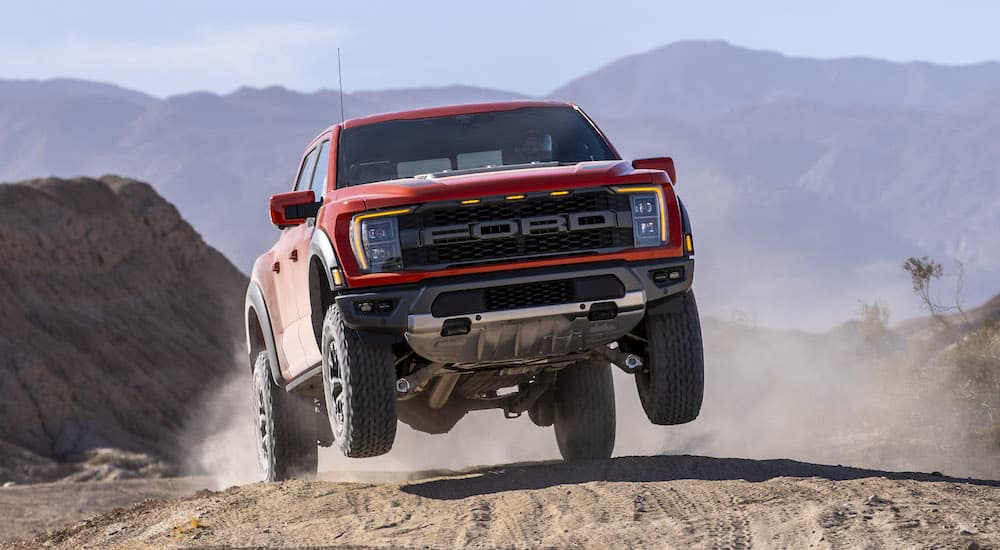
Ford’s History of Icons
While the Model T may have laid the roots of Ford’s successful reputation, there are plenty of legendary Ford models, beginning with the first model with the iconic blue oval: the redesigned modernized Model A. It boasted an attractive body, powerful V8, and innovative windshield made of Safety Glass—which appealed to drivers, even during the Great Depression. The Mercury 8 was the first of Ford’s Mercury brand. It was created as a mid-level luxury vehicle to bridge the gap between the acquired premium Lincoln line and Ford’s affordable models. Due to their success, Mercurys remained in production until 2010, with the last Mercury being the 2011 Grand Marquis.
Before the classic and distinctive Thunderbird roadster convertible—with its porthole windows in the removable hardtop and powerful V8—Ford introduced the F-Series line of pickups in 1948. These trucks replaced the less capable models built on a car platform, since drivers were demanding more flexibility from their pickups. Available in multiple sizes with several weight ratings, early F-series pickups had the flexibility and appeal that drivers wanted. By 1982, Ford’s F-Series had become America’s best-selling vehicle. Today, it remains at the top of the list—more versatile and capable than ever—even as an off-road warrior and a family vehicle.
In the 1960s, people wanted to look as good as they felt driving, which is why sports cars became popular. Ford enthusiasts wanted a new T-Bird replica, since it fit the bill perfectly for style and comfort. Instead, Ford introduced the legendary Ford Mustang, which remains one of the top muscle cars on the market today. Instantly popular features included its attractive appearance, customizable performance, comfortable interior and ride, and affordability.
Come the 1980s, the demand for fuel-efficient vehicles in the US rose significantly—after the rise in fuel costs in the 1970s. Drivers no longer wanted full-size or luxury cars. Ford responded with the introduction of the Escort to North America in 1981—and the Taurus a few years later. Both models were available in front-wheel drive with an aerodynamic design to help with fuel economy, and both lasted in the lineup into the 2000s, with the Taurus’ last model year being 2020.
A Success Led by Core Values
Ford’s success is demonstrated through its history of iconic vehicles built in response to the desires and needs of drivers. However, the company’s core values are what drove it to adapt to the changing economy and consumer demands—creating a brand image that appeals to the masses. Ford’s adaptability to appease drivers with attainable, desirable vehicles is one of the company’s building blocks for making the world a better place. But Ford’s purpose to improve the world and help others has gone beyond the production of vehicles many times through the years.
Not only does the Ford Motor Company help strengthen communities regularly through employee volunteering and funding for education, hunger, and disaster relief programs, but historically, Ford has demonstrated its loyalty to helping others in times of need. They have produced boats, tanks, jeeps, and even planes for the military during World Wars I and II. The company even helped in the production of portable incubators for hospitals to aid in preventing infant mortalities in the 1940s; plus, they helped produce the iron lung to aid in the recovery of children with Polio. More recently, Ford even contributed to the coronavirus battle by producing ventilators and personal protective equipment (PPE). This heritage of helping drivers and the world has righteously earned the brand loyalty from its customers, keeping them coming back vehicle after vehicle.
Adaptability
As Ford’s history has demonstrated through its lineup and its reputation, the company is not afraid to adapt to change. Today, Ford continues to adapt its vehicle lineup based on the demands and advancements in technology and safety. You will find Safety-Driver Assist technologies available for all of its vehicles—to aid in preventing collisions. With a variety of powertrain options throughout its vehicle lineup—ranging from gasoline and diesel EcoBoost engines to hybrids, hybrid plug-ins, and all-electric models—you’ll have the power to choose the fuel and efficiency that suits your needs.
Models like the Ford F-150 Raptor are ideal off-road capabilities, while the Ford F-250, a hardy but affordable truck, is capable of being a work truck and a commuter vehicle with a spacious and accommodating interior; it’s even designed for the family. With Ford, you’ll find a model capable of everything you need it to be.
Unfortunately, adaptability sometimes means making decisions that might not resonate well with everyone. So if you’re looking for a new passenger car, you won’t find anything other than the Mustang and GT after the 2020 model year. Ford discontinued sedans from its lineup to focus on improving crossovers, SUVs, and pickups. After the 2022 model year, Ford also decided to drop its smallest crossover SUV, the EcoSport, from the North American lineup. Instead, the Indian plant that produced it can focus on business and software for more popular models.
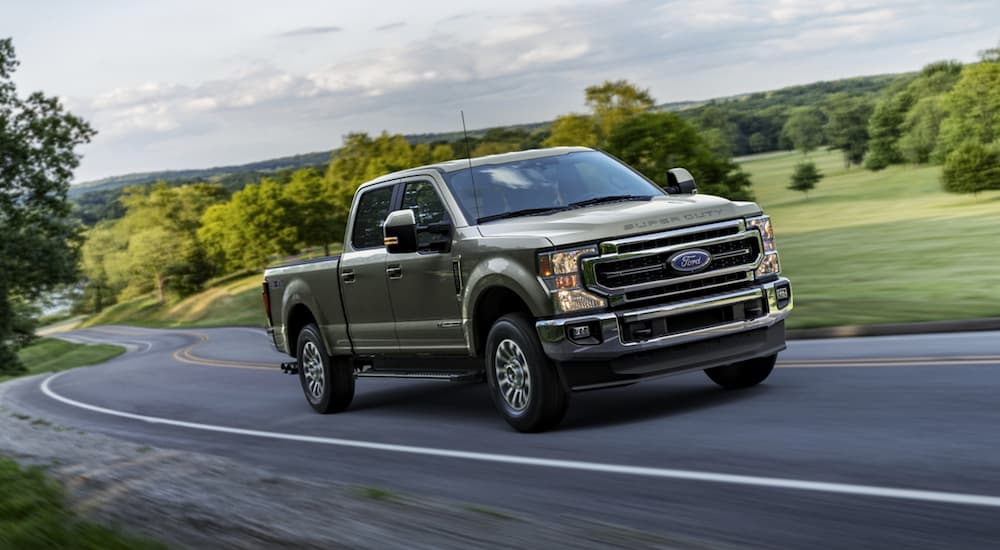
The Ford Brand Leads in Automotive Success
There’s no need to be intimidated by the number of automotive brands and models that are available today. Even if you are starting at zero—with no brand loyalty and no clue on which type of vehicle is suitable for you or your driving needs—start with Ford. Reputation is everything, and Ford is an automotive brand with over a century of success—earned through adaptability to change and a heritage of helping others. From a lineup of affordable, purpose-built, and driver-focused vehicles to a history of contributing to greater causes, Ford’s there when we need them the most.
